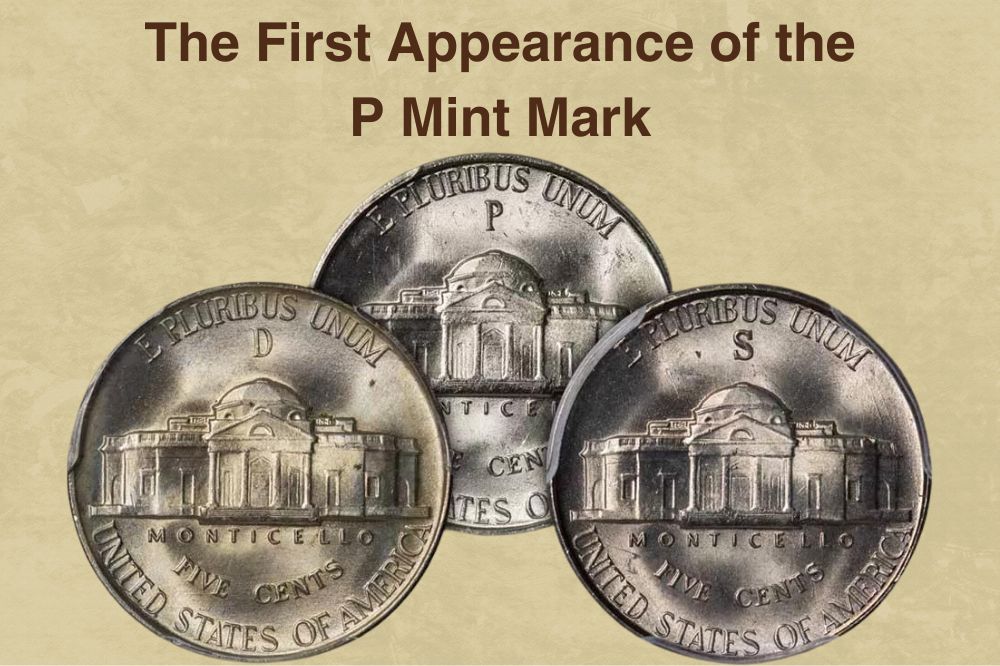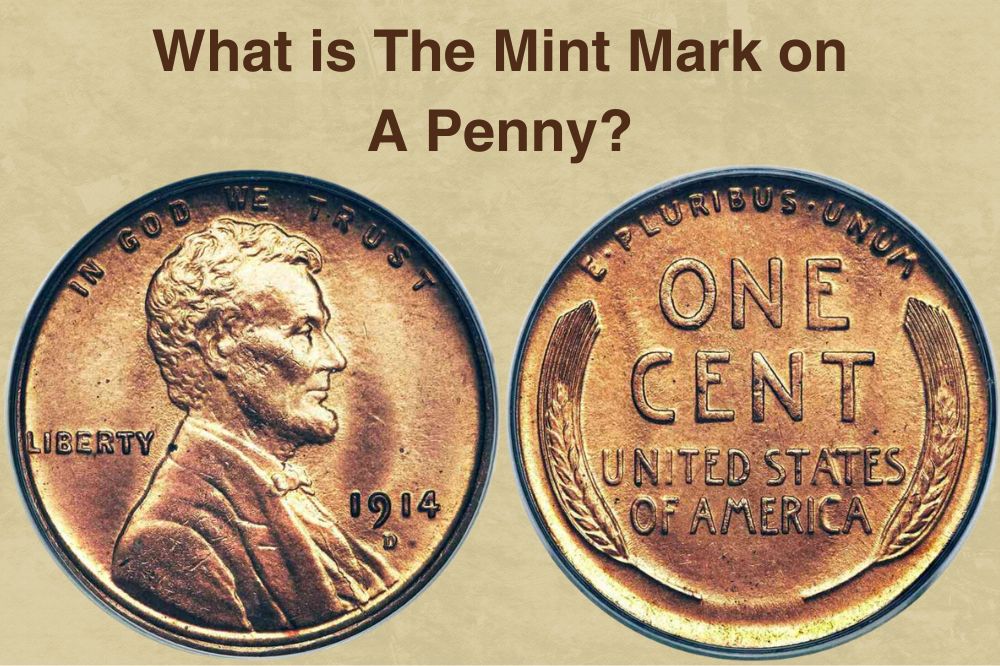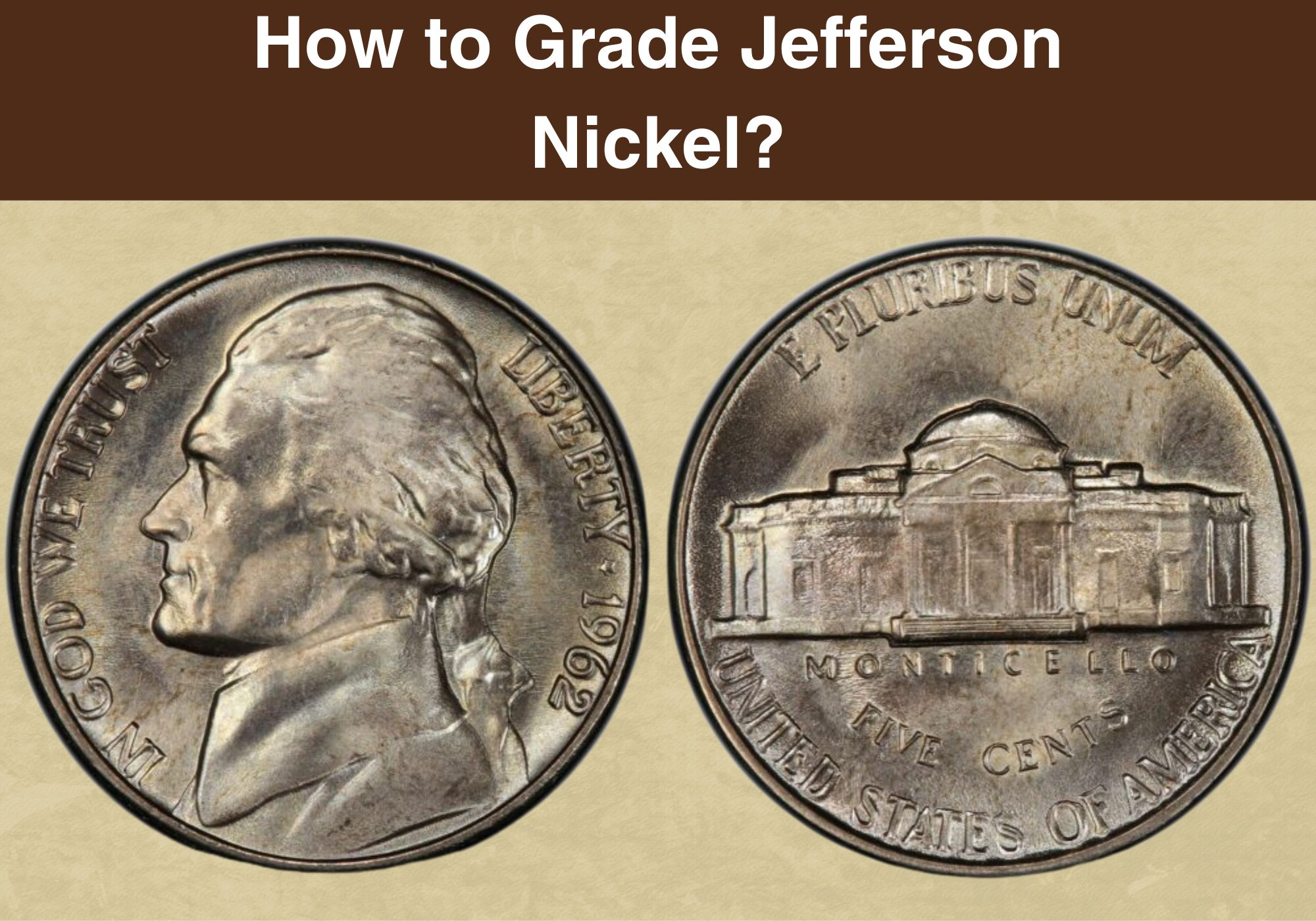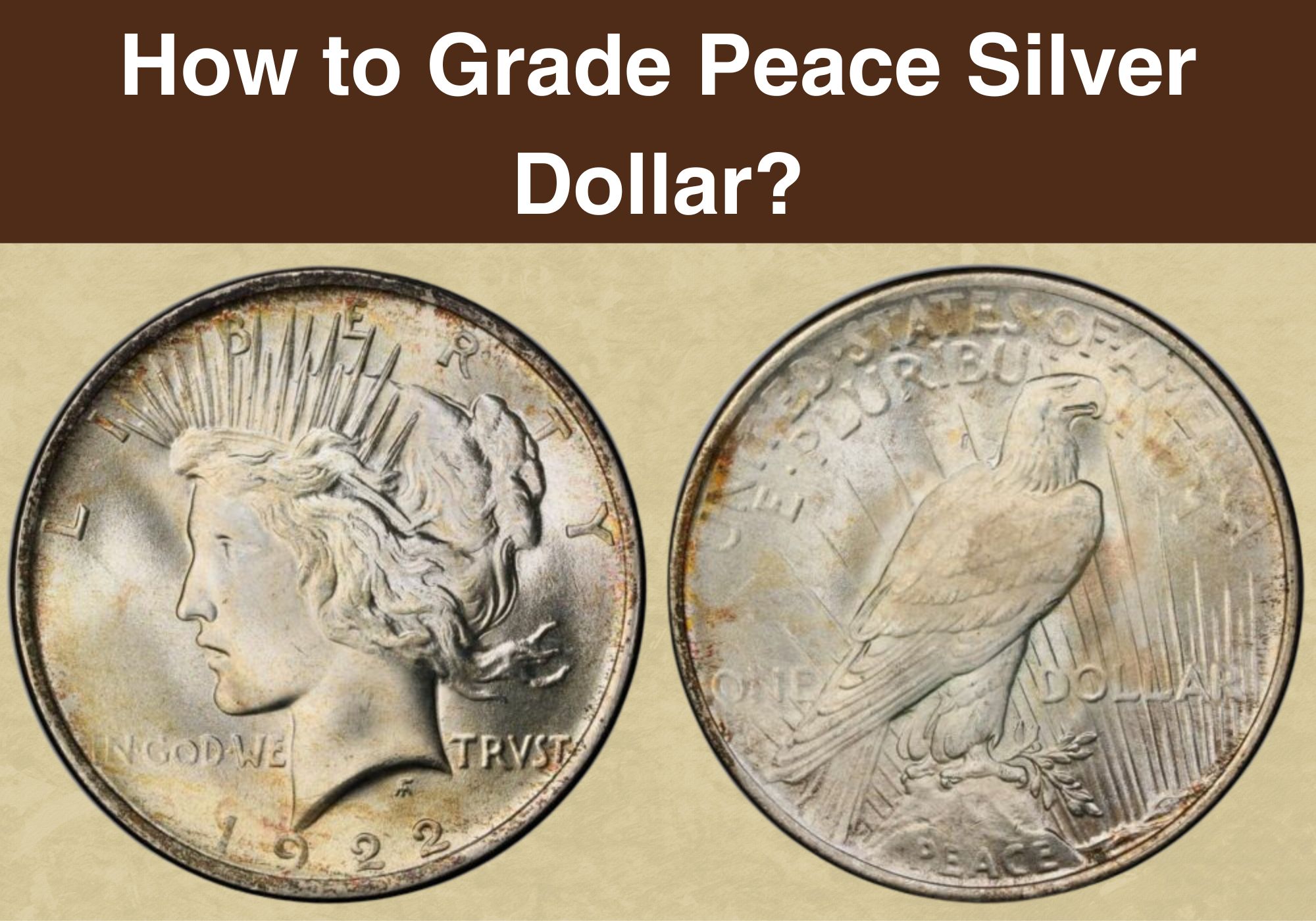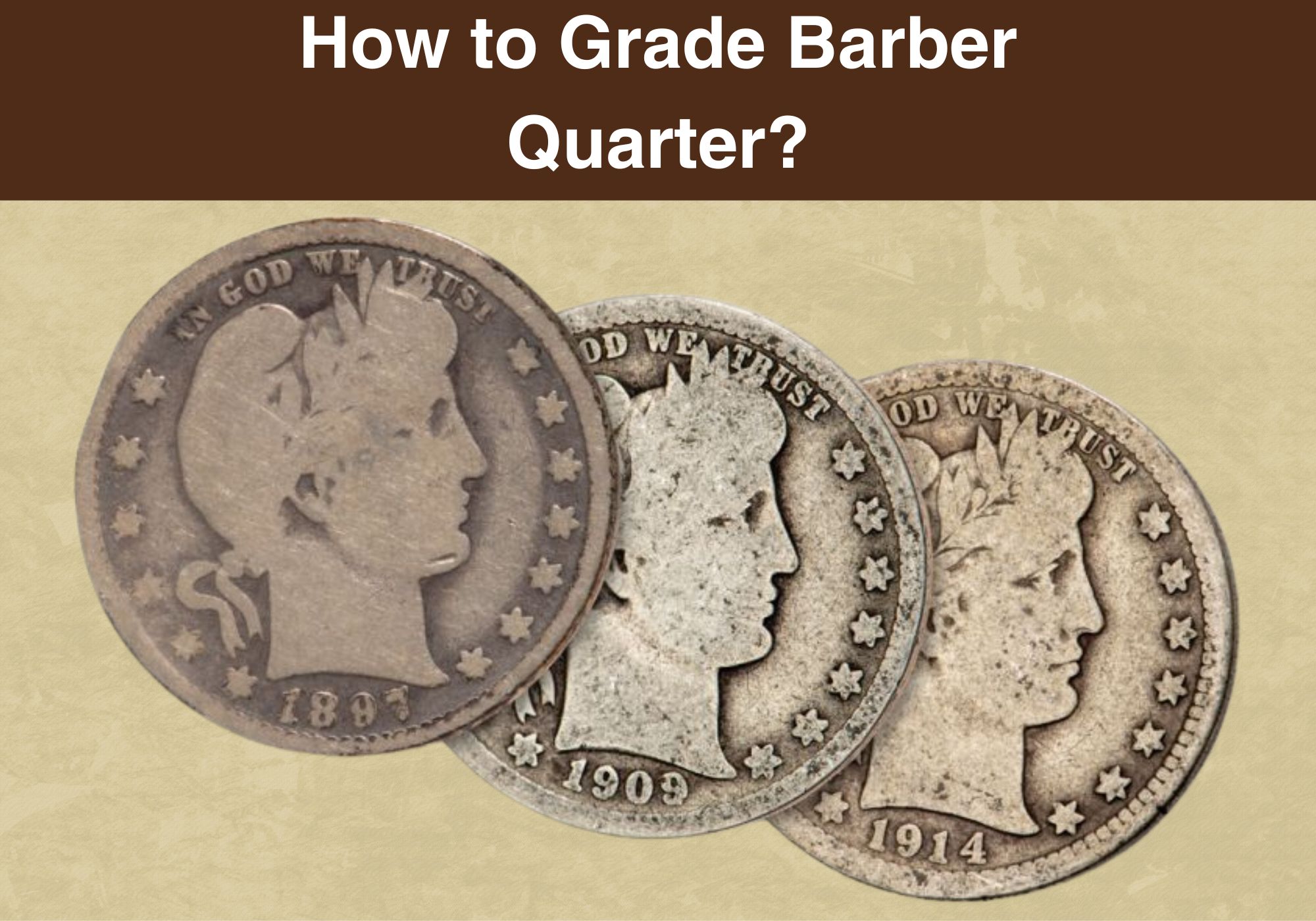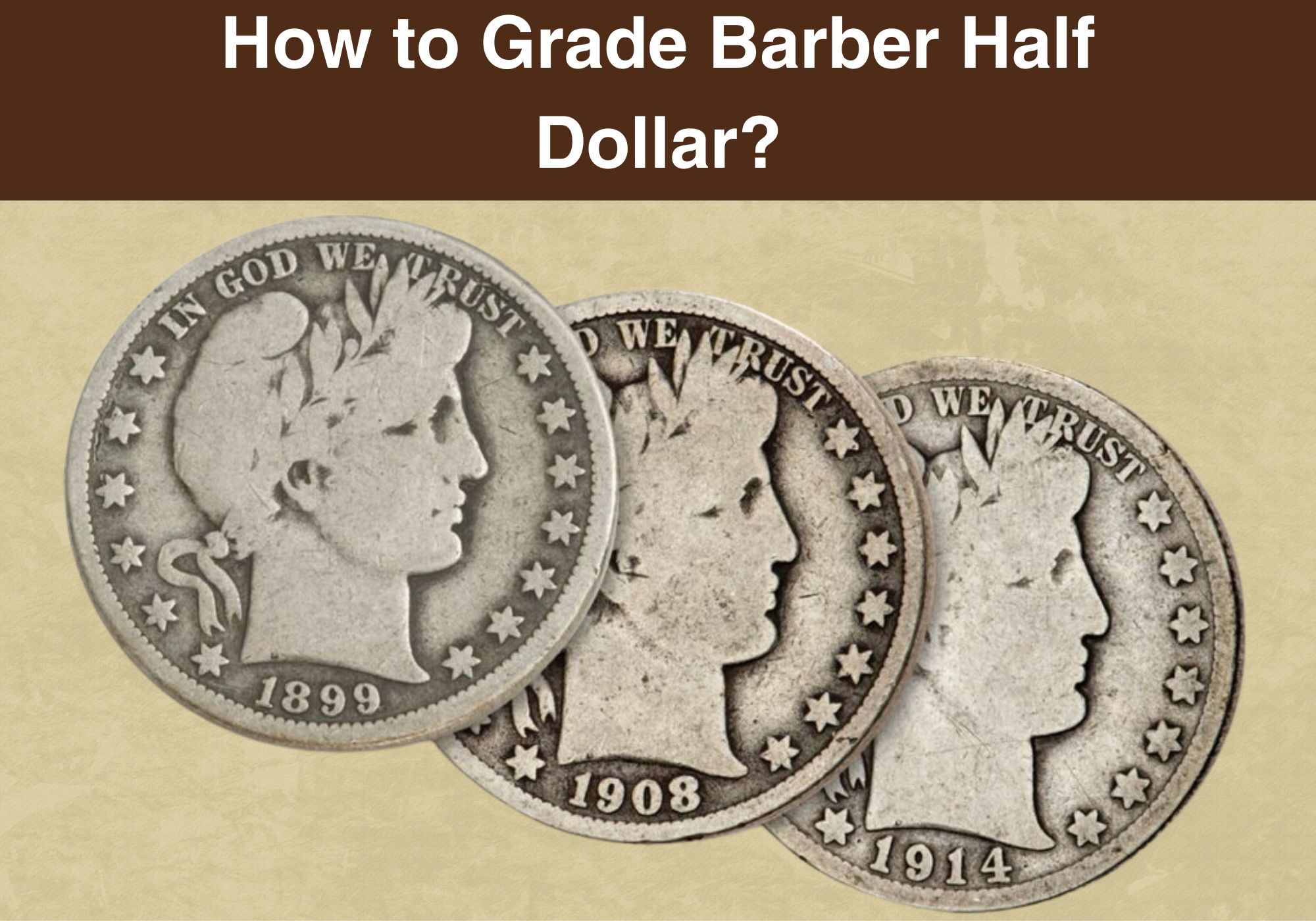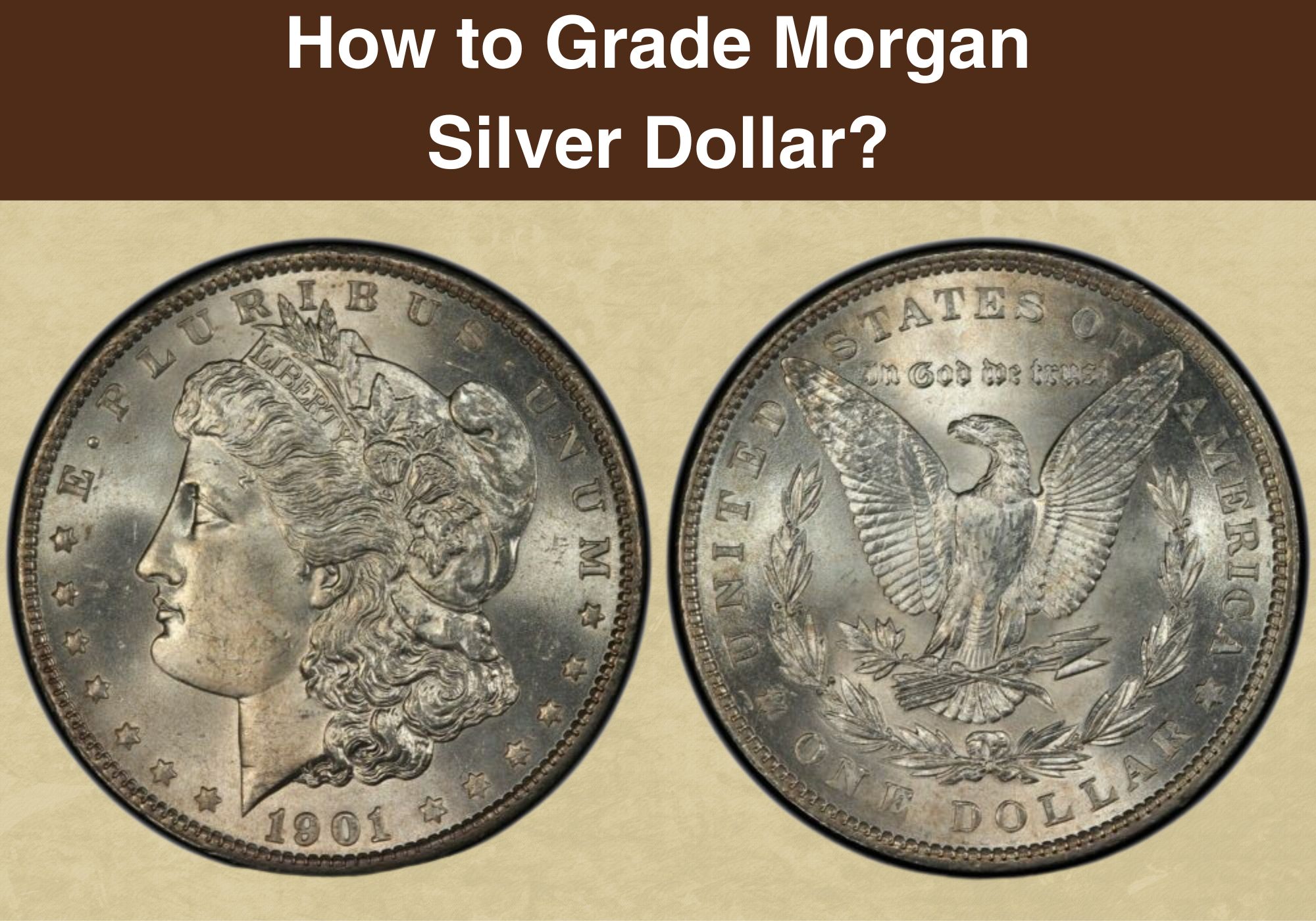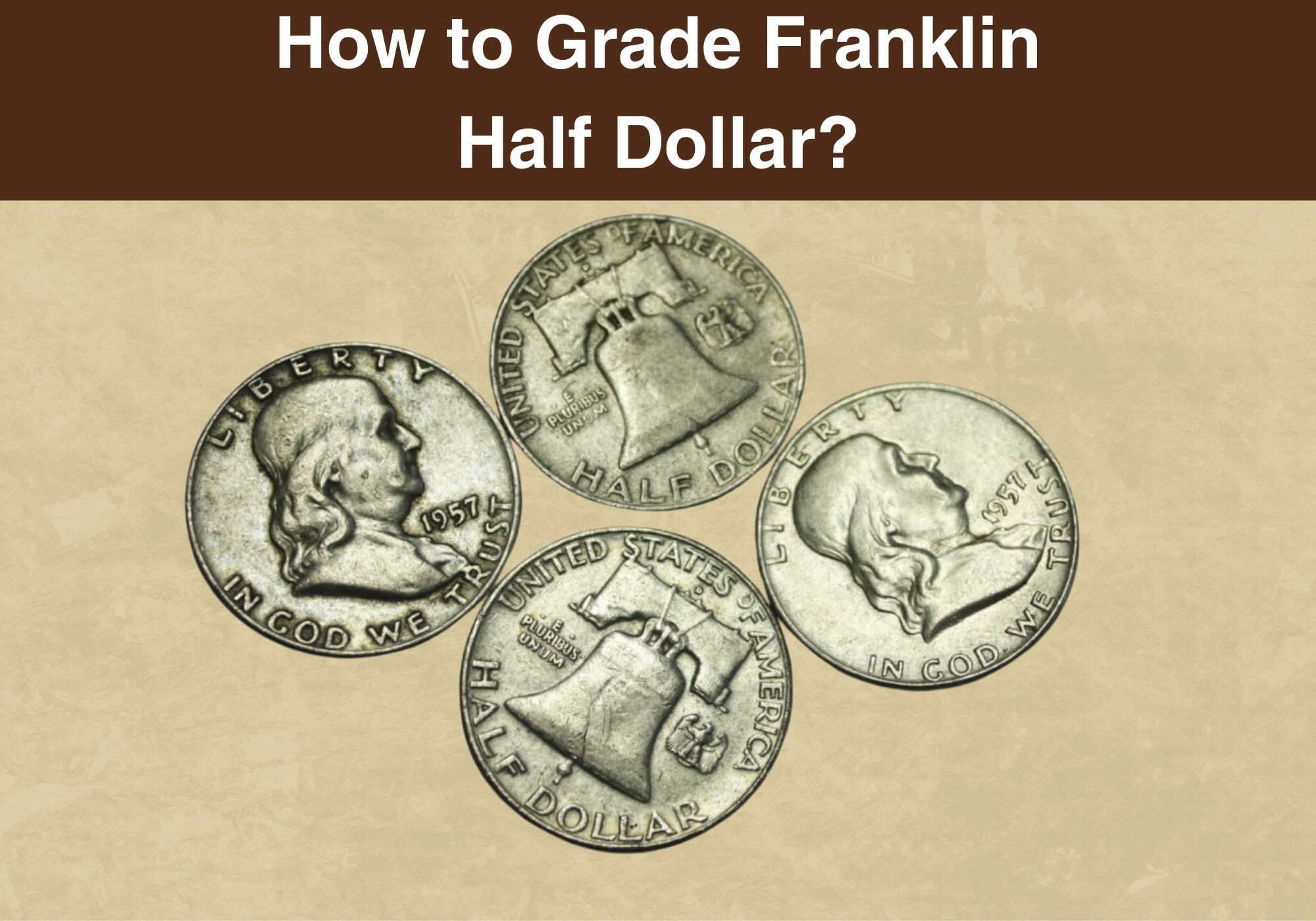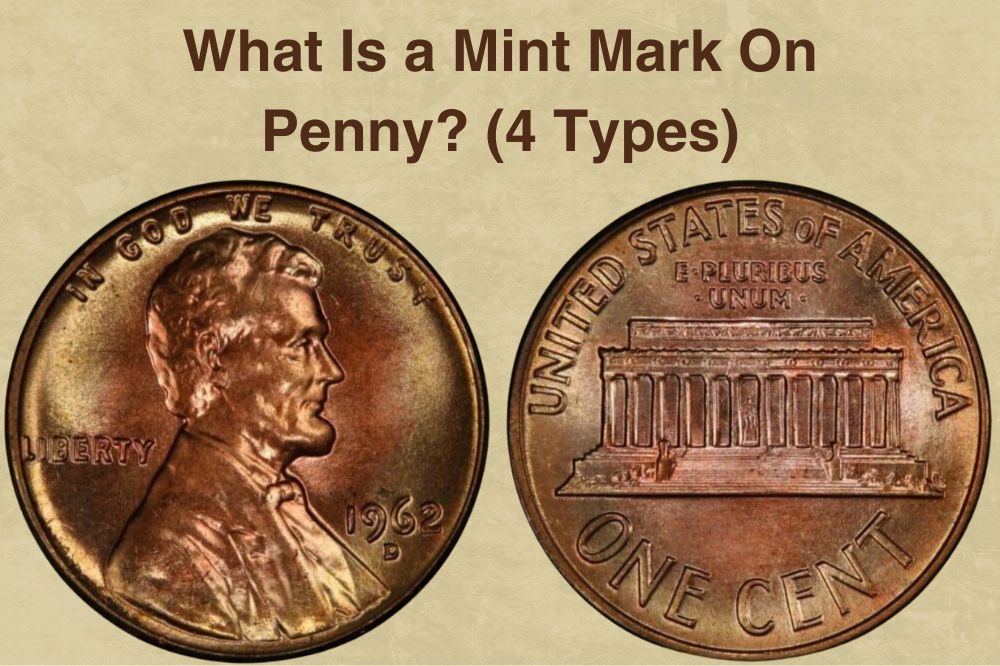
Coin Value Contents Table
Are you curious why pennies and other coins have a mint mark or a small letter on them?
Do you collect coins based on their mint mark?
Mint marks are a very important component of U.S. coin currency. In the numismatic space, the presence or absence of a mint mark can significantly affect a coin’s value.
Some coins feature a mint mark while others, such as the Lincoln penny, don’t have the smaller letter—what does this mean?
I wrote this guide to explain everything you need to know about the meaning of a mint mark on a Penny. We’ll briefly explore the history of the mint mark, its evolution and its significance with regard to coin collecting.
So, let’s dive in and find out: What is a mint mark on a penny?
A Brief History of Mint Marks On United States Coins
The Coinage Act of 1792 established the first mint in the United States, headquartered in Philadelphia. Philadelphia was a natural first choice as it served as the country’s capital between 1790 and 1800 while the building of Washington, DC, was underway.
In those early years, there was no need to place a mint mark on coins as only one minting facility existed. This, however, changed in the 1800s with the onset of the Georgia and North Carolina gold rushes—the single Philadelphia mint could not handle all the work that came with producing coins from the new-found gold.
In response to the growing demand for coins from the gold rush, Congress passed laws to create three additional mints in Charlotte, North Carolina, New Orleans, Los Angeles, and Dahlonega, Georgia.
The Dahlonega and Charlotte facilities produced only gold coins, which spotted the mint marks D and C, respectively. The New Orleans mint struck gold and silver coins featuring the mint mark O.
After the Civil War, all Mints resumed operations except for the Dahlonega facility in Georgia, which has never re-opened.
Another mint was established in San Francisco following the 1849 gold rush in California. These coins featured the mint mark S.
A subsequent facility was opened in Denver in 1863 and acted as an assay where miners would deliver their gold and have it melted, assayed and converted into gold bars. Only in 1906 did the Denver mint start minting coins, and these spotted the D mint mark.
Once more, Congress approved establishing a new minting facility in Carson City, Nevada. The facility officially opened in 1870 and minted silver coins featuring the mint mark CC. Silver coins bearing the CC mint were last minted in 1893 when the silver deposits were exhausted.
What is The Purpose of Mint Marks on Coins?
In addition to establishing the first national mint in Philadelphia, the 1792 Coinage Act also allowed for creating an Assay Committee, a panel of quality surveyors.
The panel was charged with inspecting coins from the mint facility and ensuring that the coins were made of the correct metal combinations and that the dimensions, including the thickness, diameter and weight, were accurate.
Because the Philadelphia Mint was the only facility then, there was no need for mint marks because all the coins could be traced from this one mint.
This changed in the 1800s when the U.S. Mint began opening new branches to accommodate the demand for coin production. It, therefore, became necessary to mark each coin based on the facility from which it was minted.
The mint mark would enable the assay panel to keep tabs on each facility, ensuring that each meets quality standards.
The First Appearance of the P Mint Mark
Even after establishing new minting facilities nationwide, the practice of not placing mint marks on coins minted in Philadelphia continued for a long time, but it changed momentarily during the Second World War.
Nickel was a precious commodity during the war, used in airplanes, tanks and guns. At the same time, the U.S. Mint used large quantities of the metal to produce nickel coins. In an efffort to secure and stockpile as much nickel as possible the Mint stopped using nickel to make coins, opting instead for silver and other metals.
The Philadelphia, Denver and San Francisco mints produced silver nickels between 1942 and 1945. To distinguish the usual nickel coins from the new silver coins, the U.S. Mint included large mint marks, P, D, and S, on the reverse of the silver coins. This was the first time the mint mark P appeared on coins.
In 1946, the tradition of producing coins without the P mint mark resumed. Coins from all the other minting facilities featured a mint mark, but not the ones from Philadelphia.
This changed again in 1979 when the Mint placed a small P mintmark on the opposite side of the Susan B Anthony dollar produced at the Philadelphia facility. The following year, all United States coins minted in Philadelphia spotted the P mint mark except for the Lincoln penny.
However, in 2017, the Mint made an exception and placed the P mint mark on the 2017 Lincoln cents produced at the Philly facility as part of the 225th anniversary celebrations of the U.S. Mint.
Unlike other commemorative coins, the Mint secretly released these 2017-P Lincoln cents, allowing collectors to find out about the coins themselves.
The following year, things at the Philadelphia Mint returned to normal; the facility resumed producing Lincoln cents without the P mint mark.
What is The Mint Mark on A Penny?
Since 1980, all coins in the United States have featured a mint mark such as P, D, or S, depending on whether they were produced in Philadelphia, Denver or San Francisco.
The Lincoln penny is the only exception. You will find Lincoln pennies with the mint mark D or S but not ones with the P mint mark. The only Lincoln pennies with a P mint mark are the ones dated 1942 to 1945 and 2017.
If you find a Lincoln penny, chances are it was minted in Denver or San Francisco and will have the mint mark D or S, whether a regular strike or a proof coin.
Aside from P, D and S mint marks, a few coins may spot the mint mark W. These are minted at the West Point facility. This facility has been producing coins since 1984 and continues minting them.
The first time the W mint mark appeared on U.S. coins was in 2012. The mint included the mint mark W on quarters to encourage collecting these coins.
In 2019, the Mint produced and released Lincoln pennies with the mint mark W, showing that the coin originated from the West Point facility. The following year, the W mint mark was added to the nickel.
In addition to regular strike coins, West Point Mint also produces gold, silver and platinum-based uncirculated mint marks. The mint also strikes American Eagle proof, Commemorative coins, and American Buffalo gold bullion coins, as authorized by acts of Congress.
Below is a table showing the various mint marks on United States coins.
| Name of Mint Mark | Mint Mark | Location | Date |
| Philadelphia | P | Philadelphia | 1793-present |
| San Francisco | S | San Francisco | 1854-present |
| Denver | D | Denver, Colorado | 1854-Present |
| West Point | W | West Point, New York | 1984-present |
FAQ
What does it mean if a penny has no mint mark?
If a U.S. penny doesn’t have a mint mark, it was produced at the Philadelphia facility. All other coins will have a mint mark, whether S, D or W, indicating where the coin was produced.
Do all pennies have a mint mark?
Traditionally, Lincoln pennies from Philadelphia do not have a mint mark except those minted in 1942-45, 1979, and 2017. Pennies from the other facilities, whether San Francisco, Denver or West Point, will spot a mint mark.
Does a mint mark make a coin more valuable?
A mint mark alone will not make a coin more valuable. Other factors, such as the condition and mintage, also come into play when considering the value of a coin. That said, a certain mint mark can be more appealing depending on the collectors’ demand for that particular coin.

